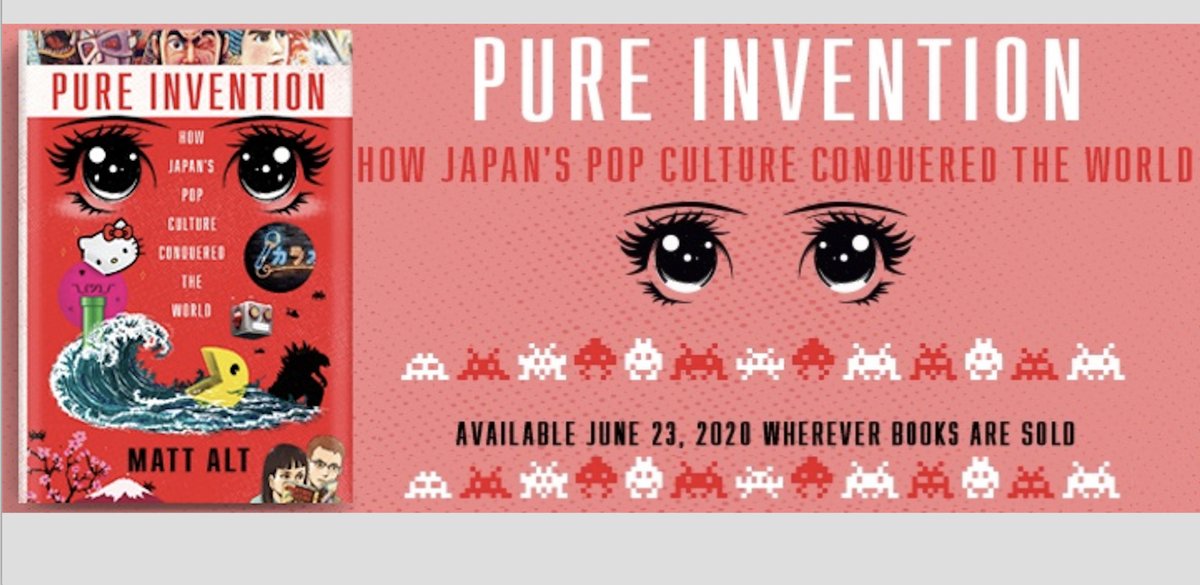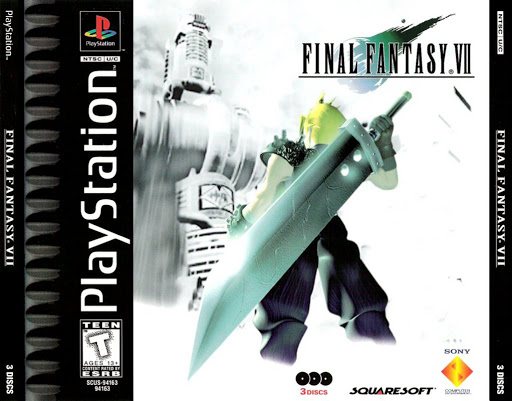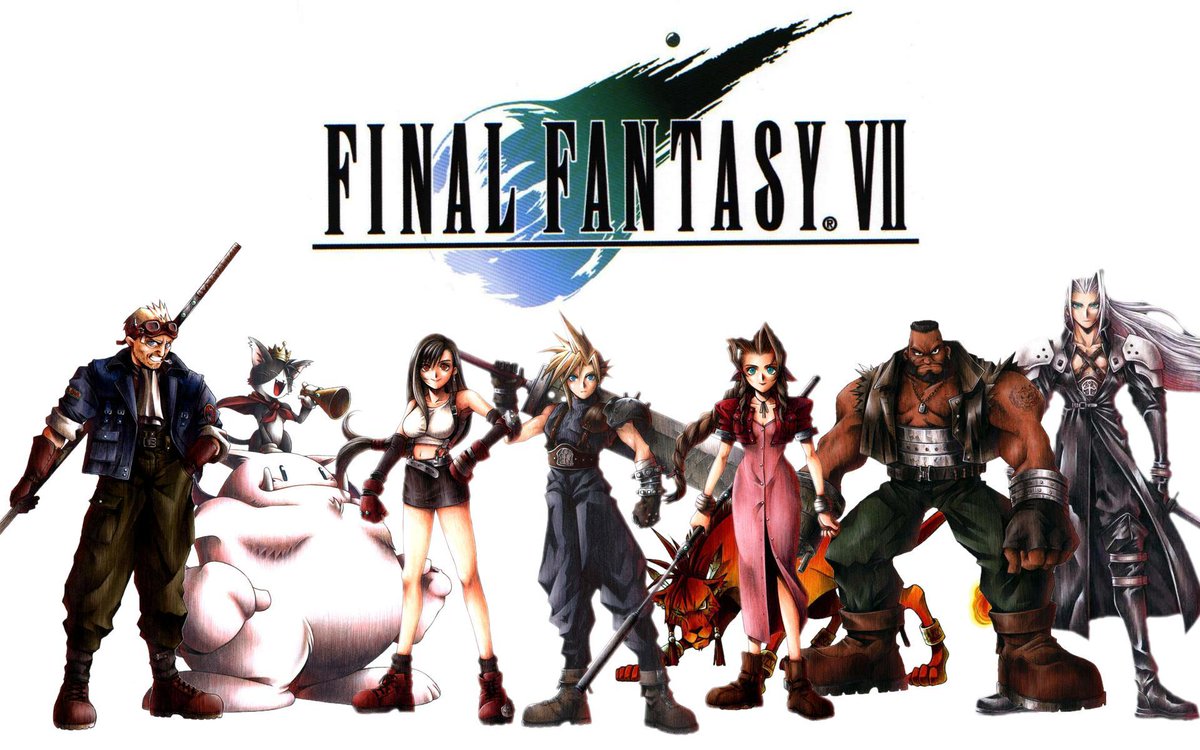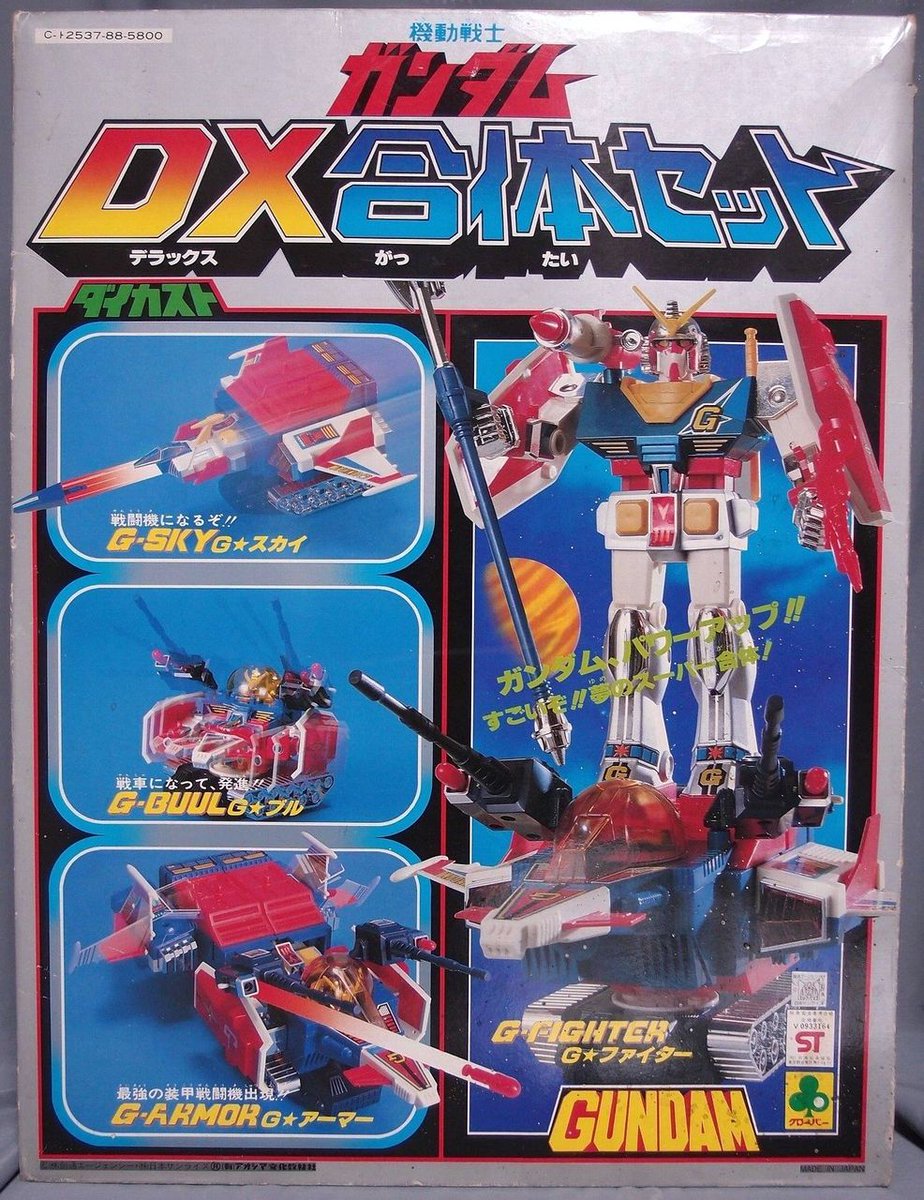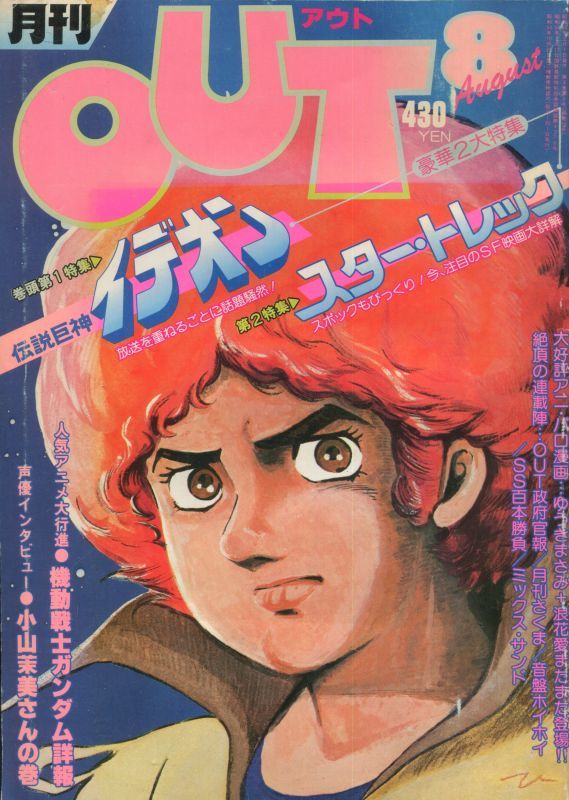
It's time to celebrate a pivotal moment in online culture (which is to say, modern culture): the 20th anniversary of the very first Internet meme: “All your base are belong to us!” (Feeling old yet?) (1/9 
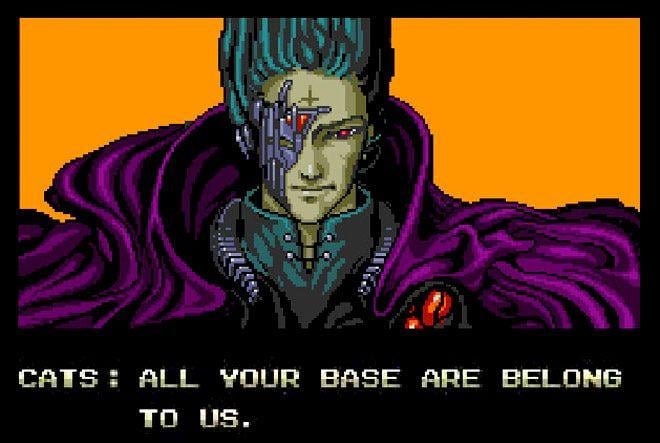
AYB is the famously garbled translation of the opening animation from a 1992 shoot-em-up called Zero Wing. It was only released in Europe, on the Sega Mega Drive. Nearly a decade later, netizens resurrected it in a thread on a 4chan precursor called Something Awful. (2/9 

It’s tough to pinpoint the moment a meme flares into life. Is it first appearance, or the first time it gets traction? People were talking about it in late 2000 on Something Awful, but a Feb 17 2001 video and subsequent Wired piece really blew it up. wired.com/2001/02/when-g… (3/9
Of course, there were meme-like gags and trends online before All Your Base appeared, but it was the first to really go mainstream. It was profiled in Time, then a true gatekeeper of legacy media: web.archive.org/web/2007062102… (4/9
It also spawned a series of pranks as kids began injecting the phrase into real-life situations, presaging the way Internet life would begin spilling over into the real world and even politics. (This one's a photoshop, though.) (5/9 

AYB represents the moment the Internet hinted it could compete with, and even exceed, the pull of traditional media. It was the quickening of the Internet as we experience it today: not fringe geek culture, but culture writ large. (6/9 

It also heralded an accelerating synchronization of Japanese and Western tastes. While Netizens made fun of the garbled English, this was a generation raised on Japanese fantasy since birth: games and anime were not exotic to them. (7/9 
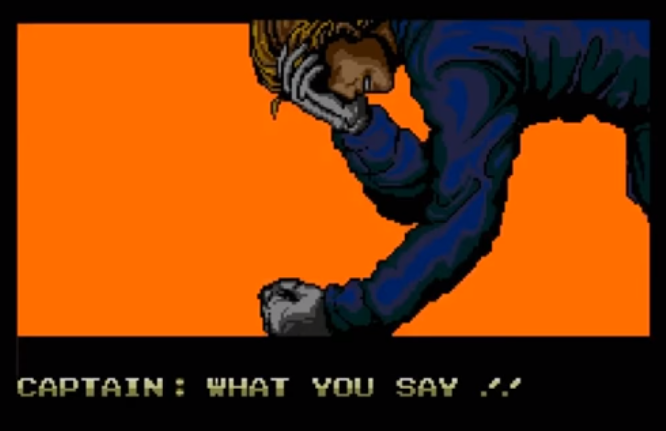
Side note: Five years or so back, I made a herculean effort to track down the translator of Zero Wing. I reached out to numerous former employees of Toaplan, the developer, trying to discern who among them had created this fragment of cyber-jazz. (8/9 

The consensus was that a staffer did it in house, which makes sense, but nobody would confirm his name, which was a little odd. The search continues, because he's an unsung hero of the localization world. Truly, “All Your Base” are belong to him. (9/9
Wow, this blew up. If you're interested in more deep dives on Japanese pop culture of all sorts remixing our dreams and realities, do I have a long read for you: amazon.com/gp/product/198…
• • •
Missing some Tweet in this thread? You can try to
force a refresh




